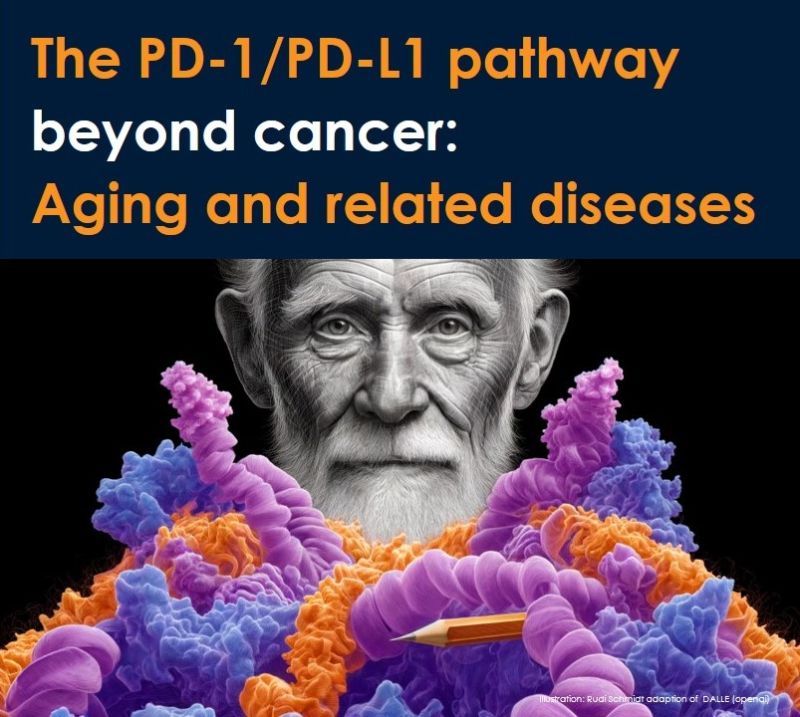
Rudi Schmidt: The PD1/PD-L1 checkpoint pathway is almost exclusively associated with cancer and immunotherapies
Rudi Schmidt, Chief Operating Officer at Institute for Healthier Living Abu Dhabi, shared on LinkedIn:
“The PD1/PD-L1 checkpoint pathway is almost exclusively associated with cancer and immunotherapies. But there is much more to this pathway, as the review ‘The role of the immunosuppressive PD-1/PD-L1 checkpoint pathway in the aging process and age-related diseases’, published a few days ago, impressively demonstrates:
‘The accumulation of senescent cells within tissues is a hallmark of the aging process. Senescent cells are also commonly present in many age-related diseases and in the cancer microenvironment.
The escape of abnormal cells from immune surveillance indicates that there is some defect in the function of cytotoxic immune cells, example, CD8+ T cells and natural killer (NK) cells.
Recent studies have revealed that the expression of programmed death-ligand 1 (PD-L1) protein is abundantly increased in senescent cells. An increase in the amount of PD-L1 protein protects senescent cells from clearance by the PD-1 checkpoint receptor in cytotoxic immune cells.
In fact, the activation of the PD-1 receptor suppresses the cytotoxic properties of CD8+ T and NK cells, promoting a state of immunosenescence. The inhibitory PD-1/PD-L1 checkpoint pathway acts in cooperation with immunosuppressive cells; for example, activation of PD-1 receptor can enhance the differentiation of regulatory T cells (Treg), myeloid-derived suppressor cells (MDSC), and M2 macrophages, whereas the cytokines secreted by immunosuppressive cells stimulate the expression of the immunosuppressive PD-L1 protein.
Interestingly, many signaling pathways known to promote cellular senescence and the aging process are crucial stimulators of the expression of PD-L1 protein…
It seems that the inhibitory PD-1/PD-L1 immune checkpoint axis has a crucial role in the accumulation of senescent cells and thus it promotes the aging process in tissues.
Thus, the blockade of the PD-1/PD-L1 checkpoint signaling might be a potential anti-aging senolytic therapy.’ I want to repeat and stress the key messages of this review:
- ‘Senescent cells accumulate within tissues during aging and age-related diseases.
- Senescent cells are able to escape immune surveillance by cytotoxic immune cells.
- Expression of programmed death-ligand 1 (PD-L1) markedly increases in senescent cells.
- Age-related signaling stimulates the expression of PD-L1 protein in senescent cells.’
In anticipation of my next planned post (Research Progress in Skin Aging and Immunity) I would like to emphasize the following aspect:
‘Li demonstrated that the expression levels of COX-2 and PGE synthase 1 (PTGES1) were robustly augmented in the skin fibroblasts of aged humans, concurrently with an increased concentration of PGE2.
These observations might be connected to the accumulation of senescent cells and the immunosenescence found in the aged skin…’”
Source: Rudi Schmidt/LinkedIn
